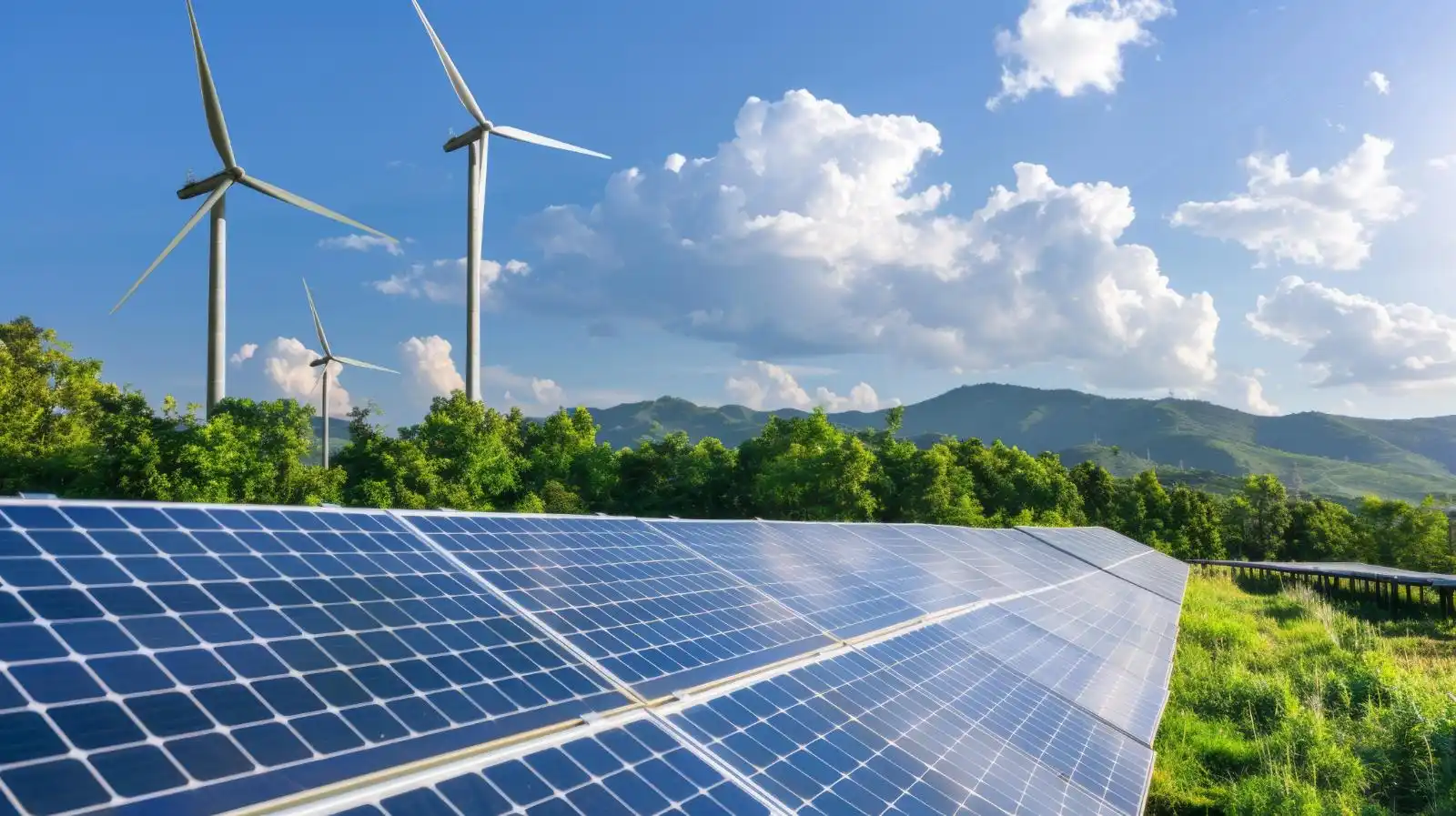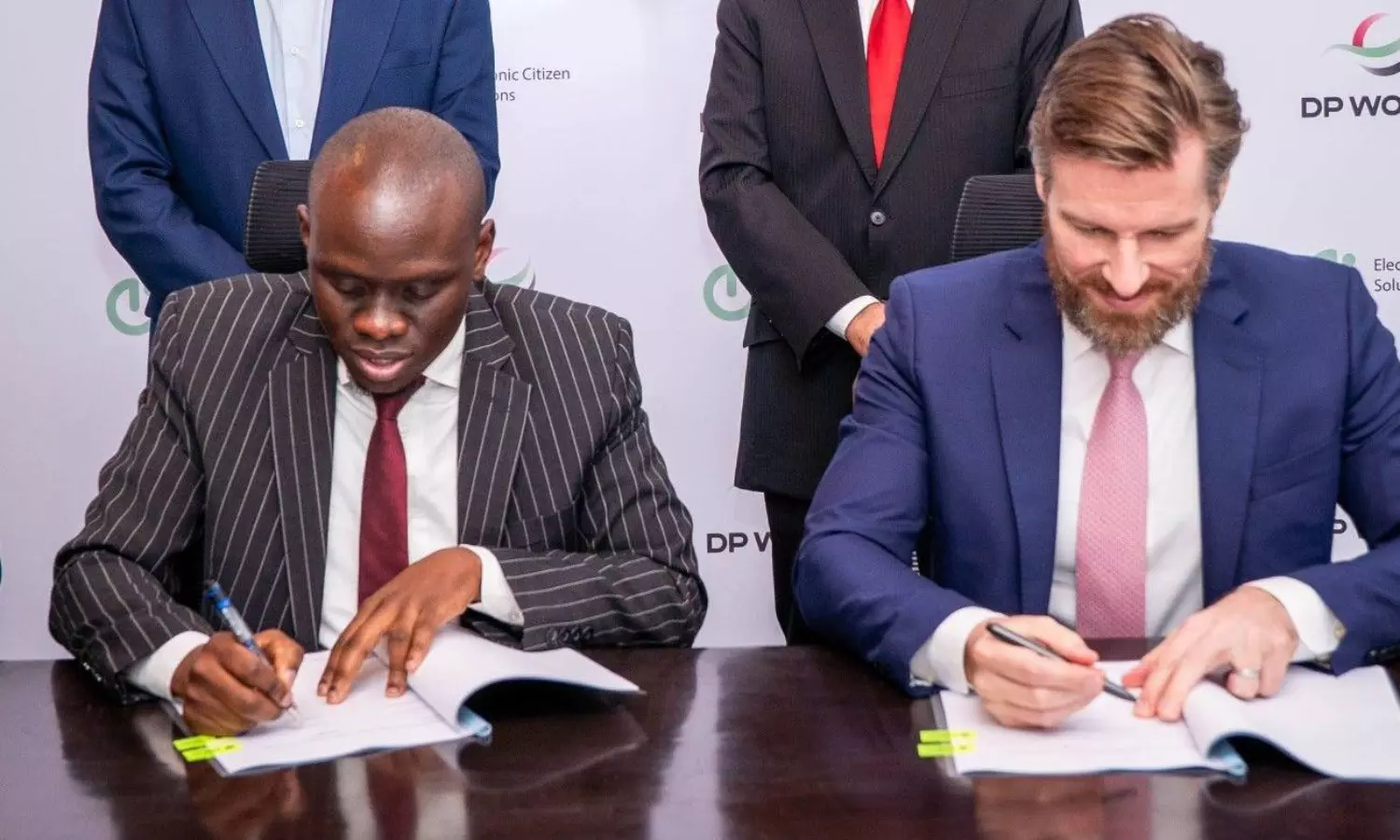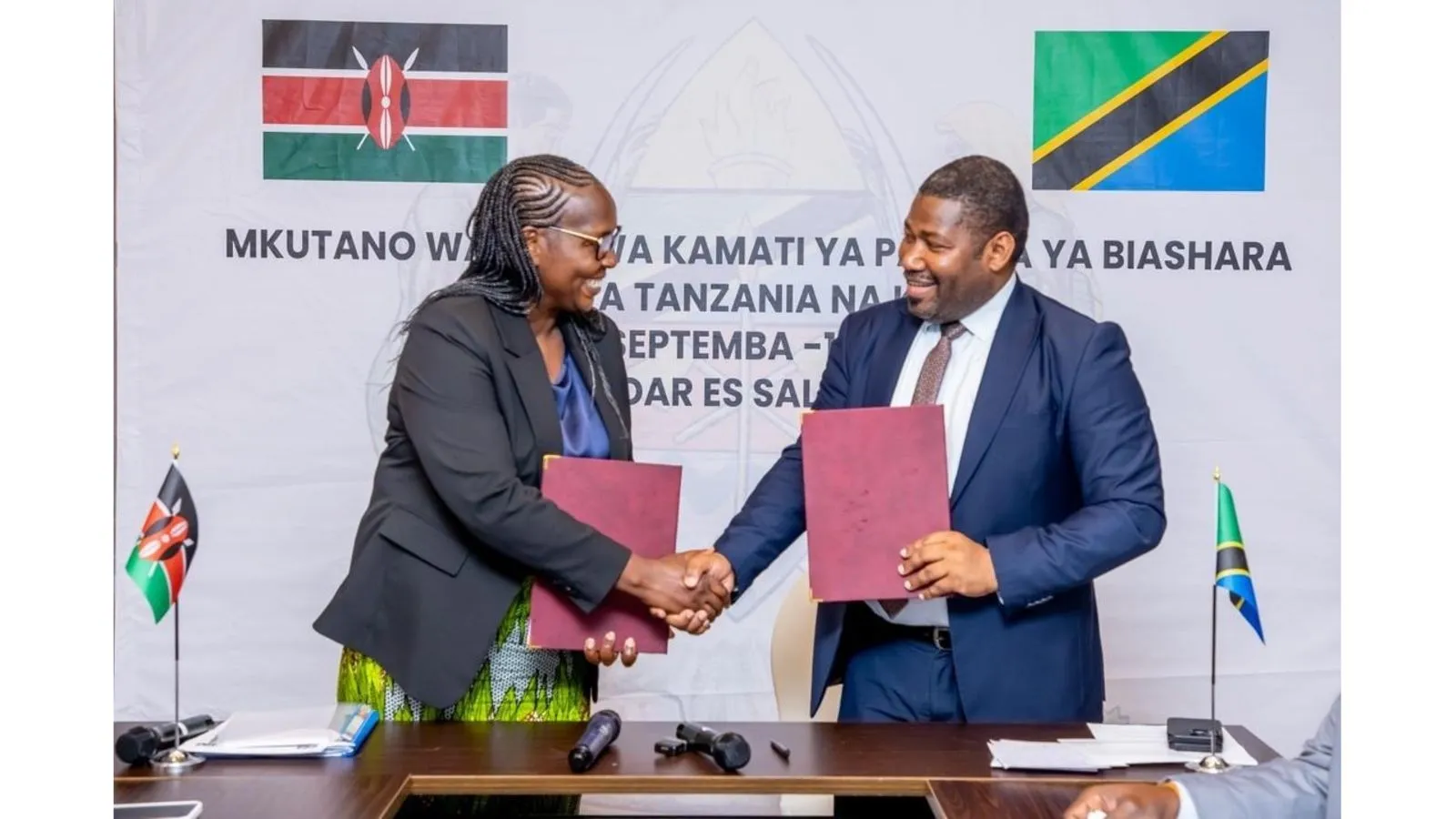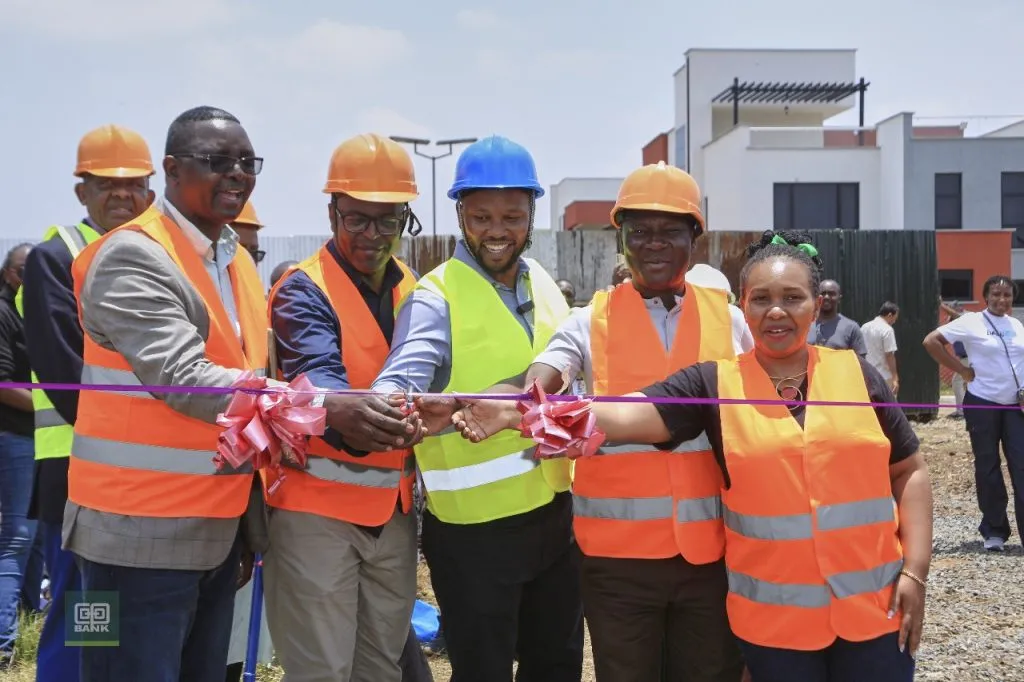South Africa’s energy future is at a pivotal crossroads, marked by ambitious plans to transform its power landscape and address a long-standing infrastructure deficit. This week has been particularly dynamic for the nation’s power transmission sector, signaling a concerted effort to accelerate development and integrate much-needed private capital. At the heart of this push is a new financial mechanism designed to de-risk investments and pave the way for a more resilient and sustainable energy grid.
The Urgency of Transformation: South Africa’s Energy Crisis and Infrastructure Gap
For years, South Africa has grappled with a severe energy crisis, characterized by persistent load shedding – scheduled power outages that have crippled economic growth, disrupted daily life, and eroded investor confidence. The state-owned power utility, Eskom, has struggled with aging infrastructure, insufficient generation capacity, and a complex debt burden. This has underscored the critical need for massive investment not only in new power generation, particularly from renewable sources, but crucially, in the transmission infrastructure required to connect these new projects to the national grid and distribute power reliably across the country.
The scale of the challenge is immense. It’s estimated that South Africa faces a staggering infrastructure gap of approximately R3.5 to R4 trillion by 2025, translating to an annual investment need of around R400 billion. This deficit extends beyond energy to critical sectors like logistics, water, and social infrastructure, all of which are vital for sustained economic development and improving the quality of life for its citizens. Relying solely on public financing to bridge this gap is simply not feasible. This substantial need unequivocally calls for a significant scaling up of public financing for infrastructure, coupled with a strategic approach to crowd in private capital through robust public-private partnerships (PPPs).
The economic consequences of the energy crisis are dire. Businesses face increased operational costs due to reliance on generators, production is hampered, and job creation suffers. Foreign direct investment can be deterred by the unreliable power supply. Addressing the transmission bottleneck is therefore not merely an energy issue; it’s a fundamental economic imperative. Without a robust and expanded transmission network, even abundant new generation capacity, particularly from geographically dispersed renewable energy projects, remains stranded, unable to deliver power to where it’s needed most.
The Independent Transmission Projects Procurement Programme (ITP): A New Era for Grid Expansion
In a significant step forward, South Africa’s Independent Power Producer (IPP) Office has published a request for pre-qualification for new electricity transmission infrastructure capacity under the Independent Transmission Projects Procurement Programme (ITP). This initiative marks a strategic shift, allowing the private sector to directly participate in and finance the development of critical transmission assets, a role traditionally dominated by Eskom.
The government’s ambitious target is to build an impressive 14,000 km of new transmission lines by 2032, a monumental undertaking expected to cost approximately R440 billion (roughly US$23 billion, depending on exchange rates). This expansion is crucial for several reasons:
- Grid Modernization: Upgrading and expanding the grid to handle the influx of renewable energy, which often comes from remote, resource-rich areas (like the Northern Cape for solar or the Eastern Cape for wind), to demand centers.
- Enhanced Reliability: Strengthening the network to reduce congestion and improve the overall stability and reliability of electricity supply.
- Decarbonization Pathway: Enabling the connection of thousands of megawatts of new renewable energy capacity, which is essential for South Africa’s Just Energy Transition.
The IPP Office, which has successfully overseen the procurement of renewable energy generation capacity through its various bidding rounds, is now extending its proven procurement model to the transmission sector. This move aims to leverage the private sector’s efficiency, innovation, and access to capital to accelerate grid development, a process that has historically been slow and underfunded.
International Backing: German Cooperation and the KfW Loan
International partnerships are playing a crucial role in supporting South Africa’s infrastructure ambitions. German Cooperation, through the KfW Development Bank, has recently concluded a substantial €500 million (approximately US$540 million) loan. This financing is specifically earmarked to support structural reforms aimed at enhancing the efficiency, resilience, and sustainability of South Africa’s infrastructure services, with a pronounced focus on the energy sector and climate change mitigation.
KfW, a German state-owned development bank, is a key player in international development finance, supporting projects globally that contribute to sustainable economic, social, and ecological development. Their involvement underscores the international community’s recognition of South Africa’s critical need for energy sector reform and its potential as a hub for renewable energy development. The loan signifies a vote of confidence in South Africa’s reform agenda and its commitment to a greener future. Such concessional financing from development banks is often instrumental in kickstarting large-scale infrastructure projects, especially those with significant public benefit and environmental objectives.
The Game Changer: The US$500 Million Credit Guarantee Vehicle
Perhaps the most significant development this week is the National Treasury’s innovative financial instrument: a Credit Guarantee Vehicle of US$500 million. This mechanism is meticulously designed to unlock private capital and complement public financing for infrastructure, all while minimizing contingent liabilities for the government.
Deputy Finance Minister, Dr. David Masondo, articulated the primary objective of this Credit Guarantee Vehicle: to mobilize and leverage private capital by mitigating offtake risk for private investors. In the context of power projects, offtake risk refers to the uncertainty that a project’s output (electricity) will be purchased at an agreed price and volume. For private developers building new transmission lines, their revenue depends on the tariffs charged for wheeling power across these lines. If there’s uncertainty about who will pay these tariffs or if the power flows are inconsistent, it poses a significant risk. This guarantee directly addresses that concern, making these projects far more attractive to private investors who typically shy away from such long-term, high-capital commitments without robust assurances.
The Credit Guarantee Vehicle is slated to be operationalized by July 2026, strategically aligning with the first phase of ITP projects. This timing is crucial, as it ensures that the financial de-risking mechanism is in place precisely when the initial private sector-led transmission projects are ready to commence.
Operationalizing the Guarantee: Structure and Governance
The National Treasury’s plan for the Credit Guarantee Vehicle is comprehensive and designed to instill confidence in potential investors. The vehicle will be incorporated as a private company in South Africa and will be regulated by the Prudential Authority. This regulatory oversight is vital, as it ensures the vehicle operates within established financial frameworks, adhering to sound governance and risk management principles. The Prudential Authority regulates financial institutions in South Africa, ensuring their safety and soundness, which adds a layer of credibility to the new entity.
Crucially, the vehicle will operate as a standalone entity with an independent balance sheet. This structural independence is key to its credibility, demonstrating that its financial health is separate from the government’s general fiscus, thereby minimizing direct contingent liabilities for the National Treasury. The target of achieving a minimum credit rating of AAA further underscores the commitment to financial robustness and investor security. An AAA rating, the highest possible credit rating, indicates an exceptionally strong capacity to meet financial commitments, making the guarantees issued by the vehicle highly attractive to a broad range of domestic and international investors.
To ensure professional and effective management, a professional executive management team and a board of directors with relevant experience and expertise will be appointed. This focus on strong governance and experienced leadership is paramount for the successful operation of such a complex financial instrument, especially one designed to attract significant private investment.
The core function of the Credit Guarantee Vehicle will be to issue a combination of payment and termination guarantees to a Special Purpose Vehicle (SPV) established for each project.
- Payment Guarantees: These assure investors that payments for the transmission services will be made, even if the primary offtaker faces financial difficulties.
- Termination Guarantees: These provide a safety net in case a project is terminated prematurely, ensuring that investors recoup their capital and any agreed-upon returns.
These guarantees will substantially de-risk early investments in ITPs until the model has been proven and established. This “first mover” de-risking is essential to build market confidence and demonstrate the viability of private sector participation in transmission.
Capital Mobilization and Development Partner Engagement
The initial target for the Credit Guarantee Vehicle is to raise US$500 million in capital, to be spread across a range of development partners. The National Treasury has demonstrated its commitment by pledging to provide first-loss capital of 20%, which will be an initial US500 million (approximately R9 billion) if needed. First-loss capital acts as a crucial buffer, absorbing the initial losses in a project before other investors are affected. This commitment from the Treasury significantly enhances the attractiveness of the vehicle to other development partners, as it signals strong government backing and reduces their exposure to initial risks.
The response from the international community has been overwhelmingly positive. In February 2025, the Minister of Finance reached out to various development partners, inviting expressions of interest to invest in the vehicle. So far, 32 development partners have engaged, indicating strong international confidence in South Africa’s infrastructure agenda and its commitment to the Just Energy Transition.
Formal engagements with these participating partners are ongoing and are expected to culminate in the delivery of conditional equity participation commitment letters in the third quarter of 2025. This will be a critical milestone, solidifying the funding base and enabling the Credit Guarantee Vehicle to be fully operationalized by July 2026, perfectly timed for the first phase of ITP projects.
The Just Energy Transition Partnership (JETP) Alignment
Deputy Finance Minister Masondo highlighted another crucial aspect of the Credit Guarantee Vehicle: its role in supporting the efficient deployment of development partner funding under the Just Energy Transition Partnership (JETP) and the achievement of South Africa’s decarbonization commitments.
The JETP is a landmark international initiative designed to support developing countries in their transition away from fossil fuels to a low-carbon economy, while ensuring the process is “just” – meaning it addresses the social and economic impacts on workers and communities currently dependent on the fossil fuel industry. South Africa was the first country to launch a JETP, securing an initial US$8.5 billion in pledges from international partners (including the UK, US, Germany, France, and the EU) at COP26. The partnership aims to accelerate decarbonization in key sectors like electricity, green hydrogen, and electric vehicles, while simultaneously promoting sustainable livelihoods and job creation in affected regions.
The Credit Guarantee Vehicle directly supports the JETP by de-risking investments in renewable energy infrastructure, particularly transmission. By making it easier and safer for private capital to flow into grid expansion, it directly enables the connection of new wind and solar farms, which are central to South Africa’s decarbonization goals. This synergy ensures that international climate finance, channeled through the JETP, can be deployed more effectively and efficiently, maximizing its impact on the ground. It also demonstrates South Africa’s proactive approach to meeting its Nationally Determined Contributions (NDCs) under the Paris Agreement.
A Globally Innovative Model with Broader Implications
Deputy Finance Minister Masondo proudly concluded that South Africa’s ITP programme, backed by these credit guarantees, represents a globally innovative model designed with the country’s specific context and needs in mind. This model addresses a common challenge faced by many developing economies: attracting private investment into large, capital-intensive infrastructure projects that carry perceived high risks. By providing targeted guarantees, South Africa is creating a blueprint for how governments can leverage limited public funds to unlock much larger pools of private capital.
This innovation is not just about financial engineering; it has tangible benefits for the energy sector and beyond. It will not only result in massive new investment in infrastructure but will also enable thousands of megawatts of new renewable energy capacity to be connected in areas where grid capacity is currently limited. This is a critical bottleneck for South Africa’s renewable energy ambitions, as many of the best solar and wind resources are in regions with weak or non-existent transmission infrastructure.
While the initial phase of the Credit Guarantee Vehicle will focus on transmission infrastructure, it is designed with a broader vision. Over time, it will be expanded into other vital areas such as logistics and water. This foresight acknowledges the interconnectedness of infrastructure development and the need for a holistic approach to address the country’s overall infrastructure gap. Improving logistics (e.g., rail and port infrastructure) is crucial for economic competitiveness, while water security is a growing concern in a water-stressed country. The success of this initial phase in the energy sector could therefore set a powerful precedent for unlocking private investment across South Africa’s entire infrastructure landscape, driving sustainable growth and development for decades to come.
This initiative represents a bold and pragmatic step by South Africa to tackle its infrastructure challenges head-on. By strategically deploying credit guarantees and fostering strong international partnerships, the nation is not only building a more resilient energy grid but also laying the groundwork for a more sustainable and prosperous future. The eyes of the global development and finance communities will undoubtedly be on South Africa as this innovative model unfolds.
Ready to take your career to the next level? Join our dynamic courses: ACCA, HESI A2, ATI TEAS 7 , HESI EXIT , NCLEX – RN and NCLEX – PN, Financial Literacy!🌟 Dive into a world of opportunities and empower yourself for success. Explore more at Serrari Ed and start your exciting journey today! ✨
photo source: Google
By: Montel Kamau
Serrari Financial Analyst
1st August, 2025
Article, Financial and News Disclaimer
The Value of a Financial Advisor
While this article offers valuable insights, it is essential to recognize that personal finance can be highly complex and unique to each individual. A financial advisor provides professional expertise and personalized guidance to help you make well-informed decisions tailored to your specific circumstances and goals.
Beyond offering knowledge, a financial advisor serves as a trusted partner to help you stay disciplined, avoid common pitfalls, and remain focused on your long-term objectives. Their perspective and experience can complement your own efforts, enhancing your financial well-being and ensuring a more confident approach to managing your finances.
Disclaimer: This article is for informational purposes only and does not constitute financial advice. Readers are encouraged to consult a licensed financial advisor to obtain guidance specific to their financial situation.
Article and News Disclaimer
The information provided on www.serrarigroup.com is for general informational purposes only. While we strive to keep the information up to date and accurate, we make no representations or warranties of any kind, express or implied, about the completeness, accuracy, reliability, suitability, or availability with respect to the website or the information, products, services, or related graphics contained on the website for any purpose. Any reliance you place on such information is therefore strictly at your own risk.
www.serrarigroup.com is not responsible for any errors or omissions, or for the results obtained from the use of this information. All information on the website is provided on an as-is basis, with no guarantee of completeness, accuracy, timeliness, or of the results obtained from the use of this information, and without warranty of any kind, express or implied, including but not limited to warranties of performance, merchantability, and fitness for a particular purpose.
In no event will www.serrarigroup.com be liable to you or anyone else for any decision made or action taken in reliance on the information provided on the website or for any consequential, special, or similar damages, even if advised of the possibility of such damages.
The articles, news, and information presented on www.serrarigroup.com reflect the opinions of the respective authors and contributors and do not necessarily represent the views of the website or its management. Any views or opinions expressed are solely those of the individual authors and do not represent the website's views or opinions as a whole.
The content on www.serrarigroup.com may include links to external websites, which are provided for convenience and informational purposes only. We have no control over the nature, content, and availability of those sites. The inclusion of any links does not necessarily imply a recommendation or endorsement of the views expressed within them.
Every effort is made to keep the website up and running smoothly. However, www.serrarigroup.com takes no responsibility for, and will not be liable for, the website being temporarily unavailable due to technical issues beyond our control.
Please note that laws, regulations, and information can change rapidly, and we advise you to conduct further research and seek professional advice when necessary.
By using www.serrarigroup.com, you agree to this disclaimer and its terms. If you do not agree with this disclaimer, please do not use the website.
www.serrarigroup.com, reserves the right to update, modify, or remove any part of this disclaimer without prior notice. It is your responsibility to review this disclaimer periodically for changes.
Serrari Group 2025












